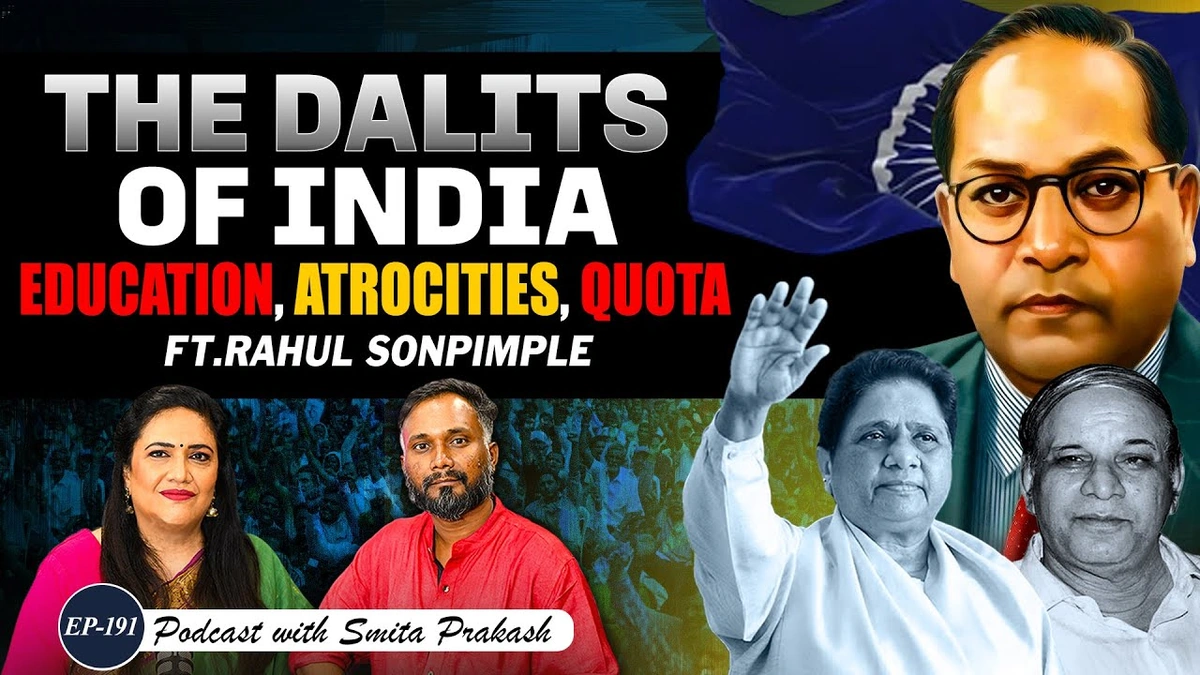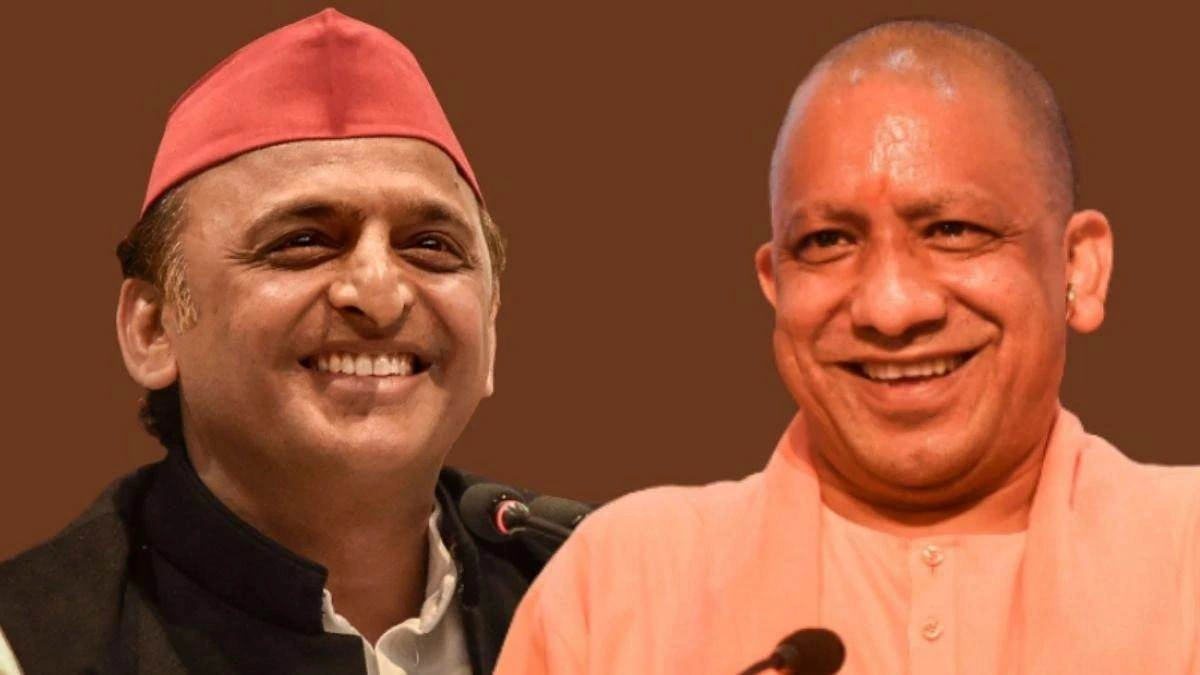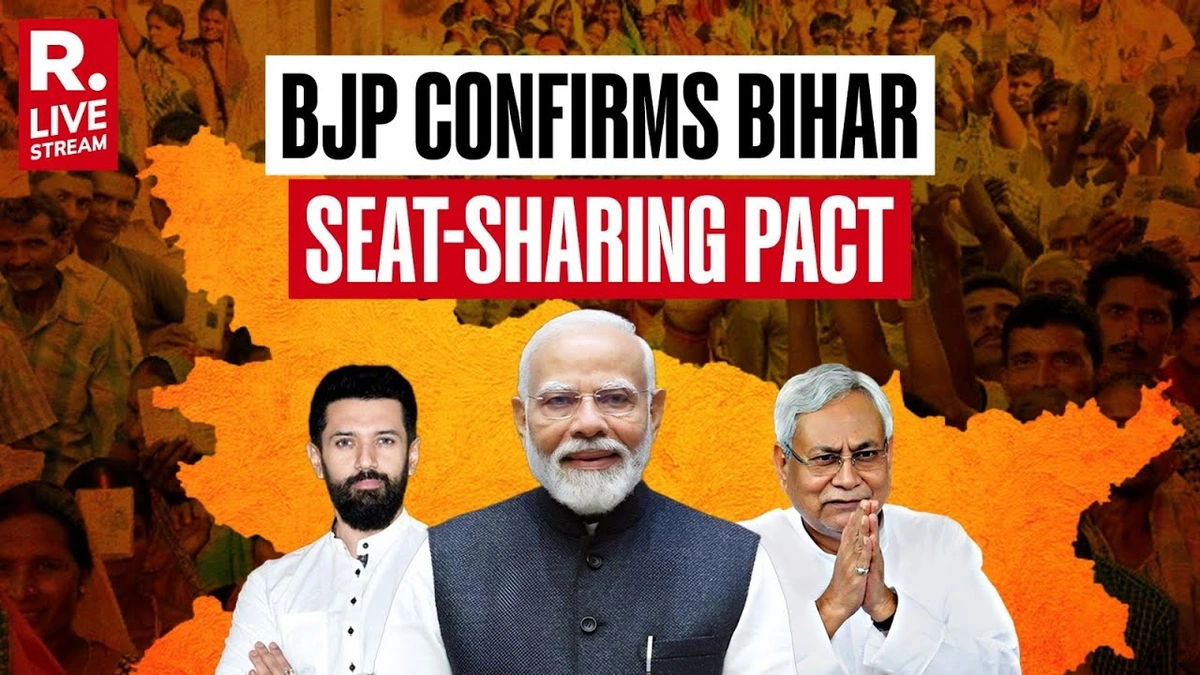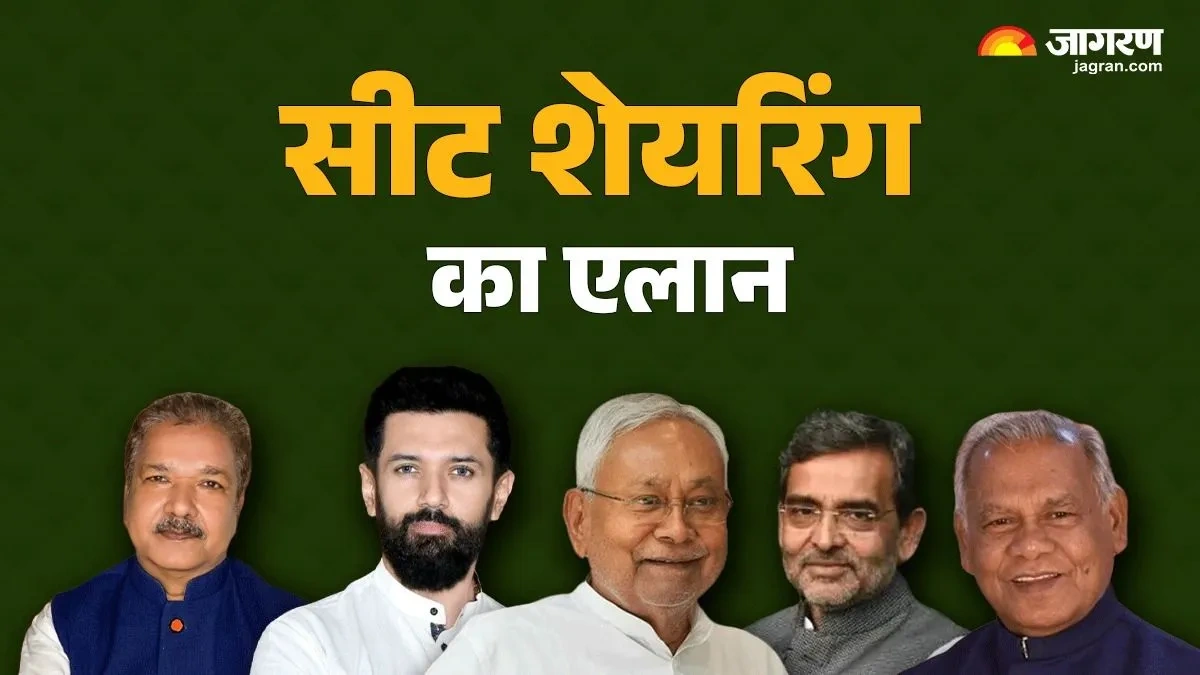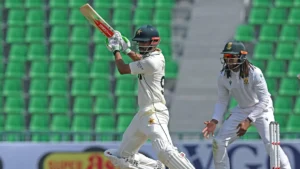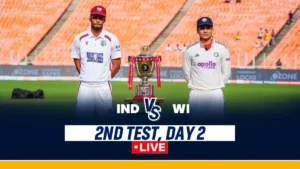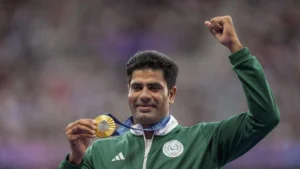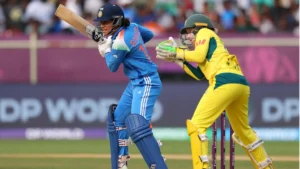Congress | Anti-Dalit Atrocities Up 46%, Attacks on Adivasis Surge 91%, Citing NCRB to PM Modi
Okay, let’s talk about something that’s frankly disturbing. The Congress party recently dropped some serious numbers, citing the National Crime Records Bureau (NCRB) data, and it paints a grim picture: Dalit atrocities are up a staggering 46%, while attacks on Adivasis have surged by 91%. Now, this isn’t just about political point-scoring; it’s about real people facing real horrors. So, what’s going on, and why should we care?
The Numbers Don’t Lie | Decoding the NCRB Data
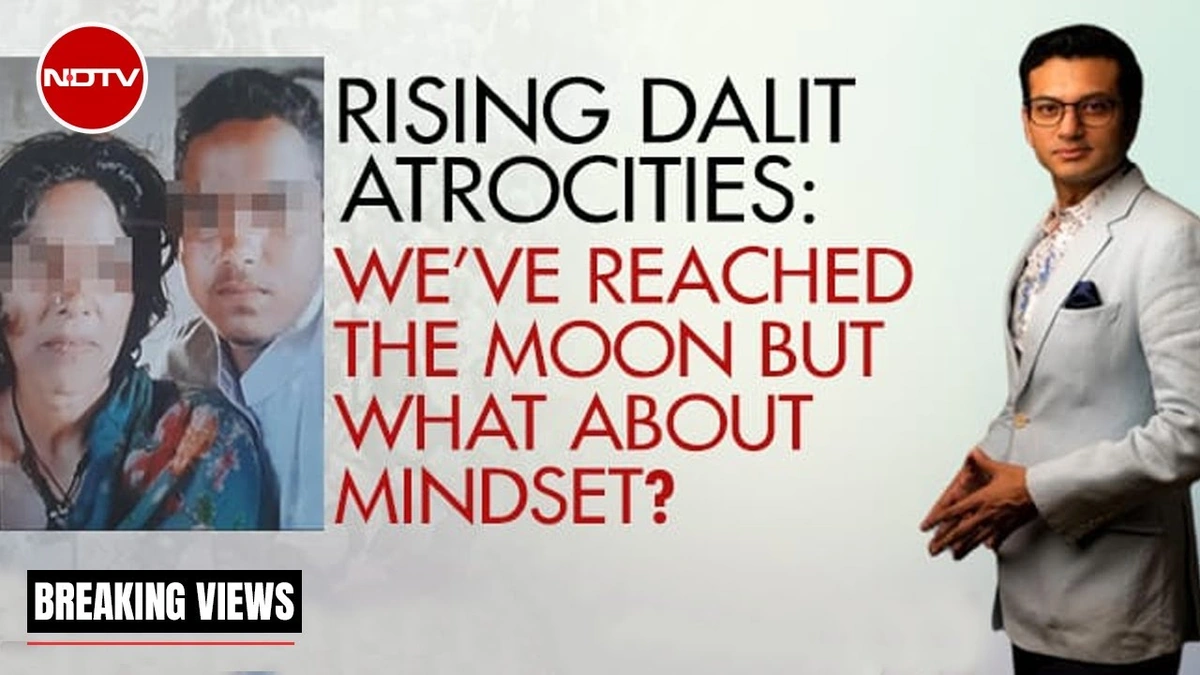
First things first, let’s unpack the NCRB data. It’s easy to get lost in percentages, but these figures represent actual incidents – violence, discrimination, and injustice faced by Dalits and Adivasis across India. When we see a 46% increase in atrocities against Scheduled Castes , that means more families torn apart, more lives shattered, and more communities living in fear. And that 91% surge in attacks on Adivasis? It’s a crisis screaming for attention. Understanding these numbers is the first step. The NCRB meticulously compiles this data, offering a crucial, albeit unsettling, snapshot of the state of social justice in India. You can find more about how the NCRB functions on Wikipedia . But why are these atrocities happening?
Socio-Economic Fault Lines | The Root Causes
Here’s the thing: these aren’t isolated incidents. They’re symptoms of deeper socio-economic fault lines that have existed for generations. Discrimination based on caste and tribal identity is, sadly, deeply ingrained in certain parts of Indian society. This manifests in various ways – denial of access to resources, social exclusion, and outright violence. What fascinates me is how these old prejudices keep finding new ways to surface, despite legal protections and affirmative action policies. Land disputes, economic competition, and political marginalization often fuel these conflicts. For instance, Adivasi communities are frequently targeted when they resist displacement due to mining or infrastructure projects. And let’s be honest, the wheels of justice often turn slowly – if at all – for marginalized communities, emboldening perpetrators. This also leads to ineffective law enforcement .
But, it’s not all doom and gloom. There are individuals and organizations working tirelessly to combat these injustices. Human rights activists, lawyers, and community leaders are fighting legal battles, raising awareness, and empowering marginalized communities. Their work is crucial, but they need more support.
Political Football | Why the Blame Game Doesn’t Help
Now, let’s address the elephant in the room: the political dimension. When the Congress party cites NCRB data to attack the Modi government, it’s easy to dismiss it as just another political stunt. And to some extent, it probably is. But that doesn’t invalidate the underlying issue. Regardless of which party is in power, the reality is that caste-based violence and discrimination persist. What fascinates me is how easily these issues become political footballs, with each side blaming the other instead of focusing on solutions. What we need is a bipartisan commitment to addressing these problems, not just scoring points. What needs to be recognized is the political marginalization of these communities.
Here’s the thing: simply pointing fingers won’t solve anything. We need concrete action. And that action needs to come from all levels – government, civil society, and individuals. The political angle is important, but the focus should remain on protecting vulnerable communities .
Beyond the Headlines | What Can Be Done?
So, what can be done? How can we move beyond the headlines and create real change? Well, it’s a complex problem, but here are a few ideas:
- Strengthening Law Enforcement: This means ensuring that police are properly trained and equipped to handle cases of caste-based violence and discrimination. It also means holding them accountable when they fail to do so.
- Empowering Marginalized Communities: This means providing access to education, healthcare, and economic opportunities. It also means supporting community-based organizations that are working to uplift Dalits and Adivasis.
- Raising Awareness: This means educating the public about the realities of caste-based violence and discrimination. It also means challenging harmful stereotypes and promoting inclusivity. The role of media in this regard is immense.
- Promoting Inter-Caste Dialogue: Creating platforms for meaningful conversations between different caste groups can help break down barriers and build understanding.
I initially thought this was a straightforward issue of law and order, but then I realized it’s much deeper than that. It’s about changing hearts and minds, challenging deeply ingrained prejudices, and building a more just and equitable society for all. Moreover, there needs to be better implementation of existing laws .
What needs to happen is a shift in mindset. We need to move beyond token gestures and address the root causes of inequality. Only then can we hope to create a truly inclusive India. The path to social justice is long and arduous, but it’s a journey we must undertake. You can read more about the steps that can be taken on pages such as the website for the National Human Rights Commission.
FAQ
What exactly does the NCRB do?
The NCRB (National Crime Records Bureau) collects and analyzes crime data from across India, providing valuable insights into crime trends and patterns.
Why are Dalits and Adivasis particularly vulnerable?
Historical discrimination and social marginalization have left Dalits and Adivasis disproportionately vulnerable to violence and injustice. Voter Marginalization adds another dimension to the problem.
What can I do to help?
Educate yourself, speak out against discrimination, and support organizations working to uplift marginalized communities.
Are there specific laws to protect Dalits and Adivasis?
Yes, India has laws like the Scheduled Castes and Scheduled Tribes (Prevention of Atrocities) Act, designed to protect these communities.
How can I report an atrocity against a Dalit or Adivasi?
You can report it to the local police station or contact the National Human Rights Commission.
Is the government doing enough?
That’s a complex question. While there are policies and programs in place, many argue that more needs to be done to address the root causes of inequality.
